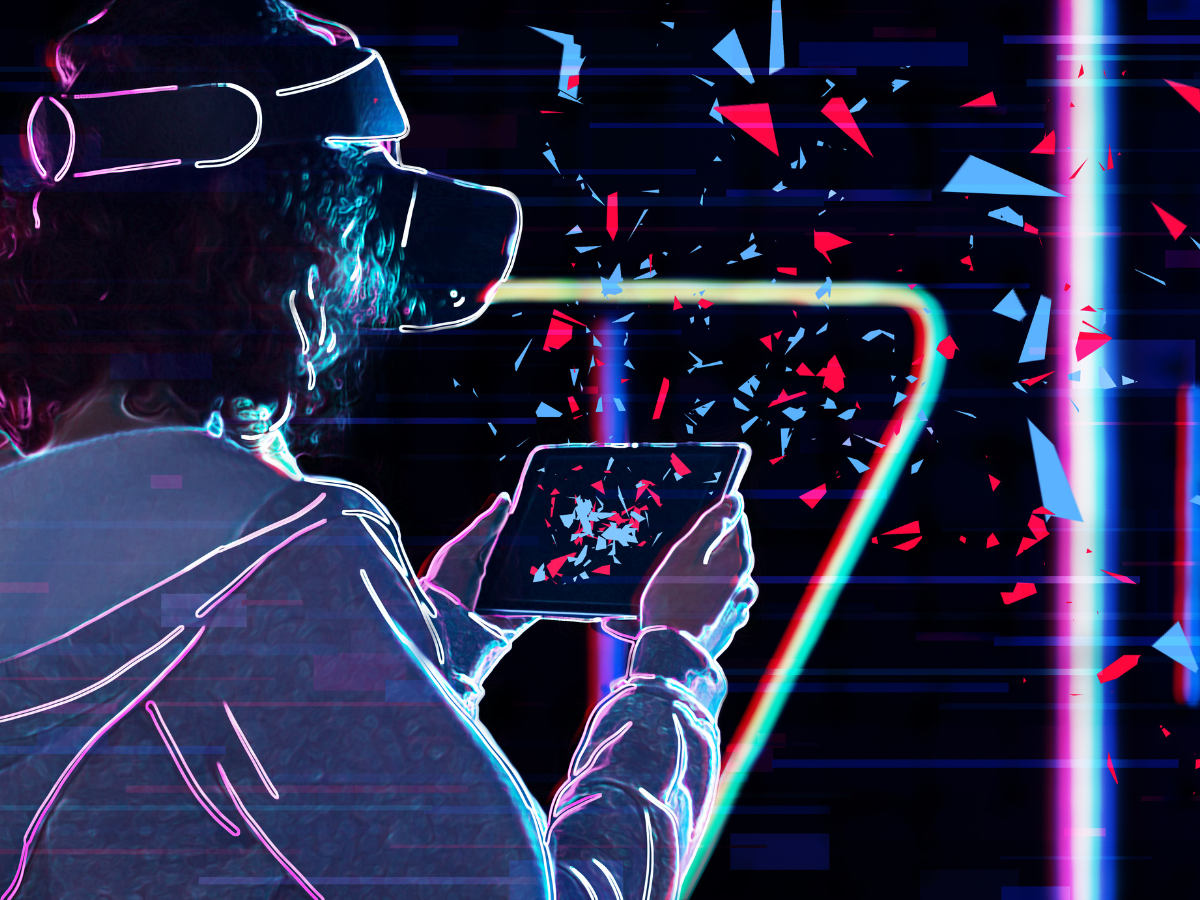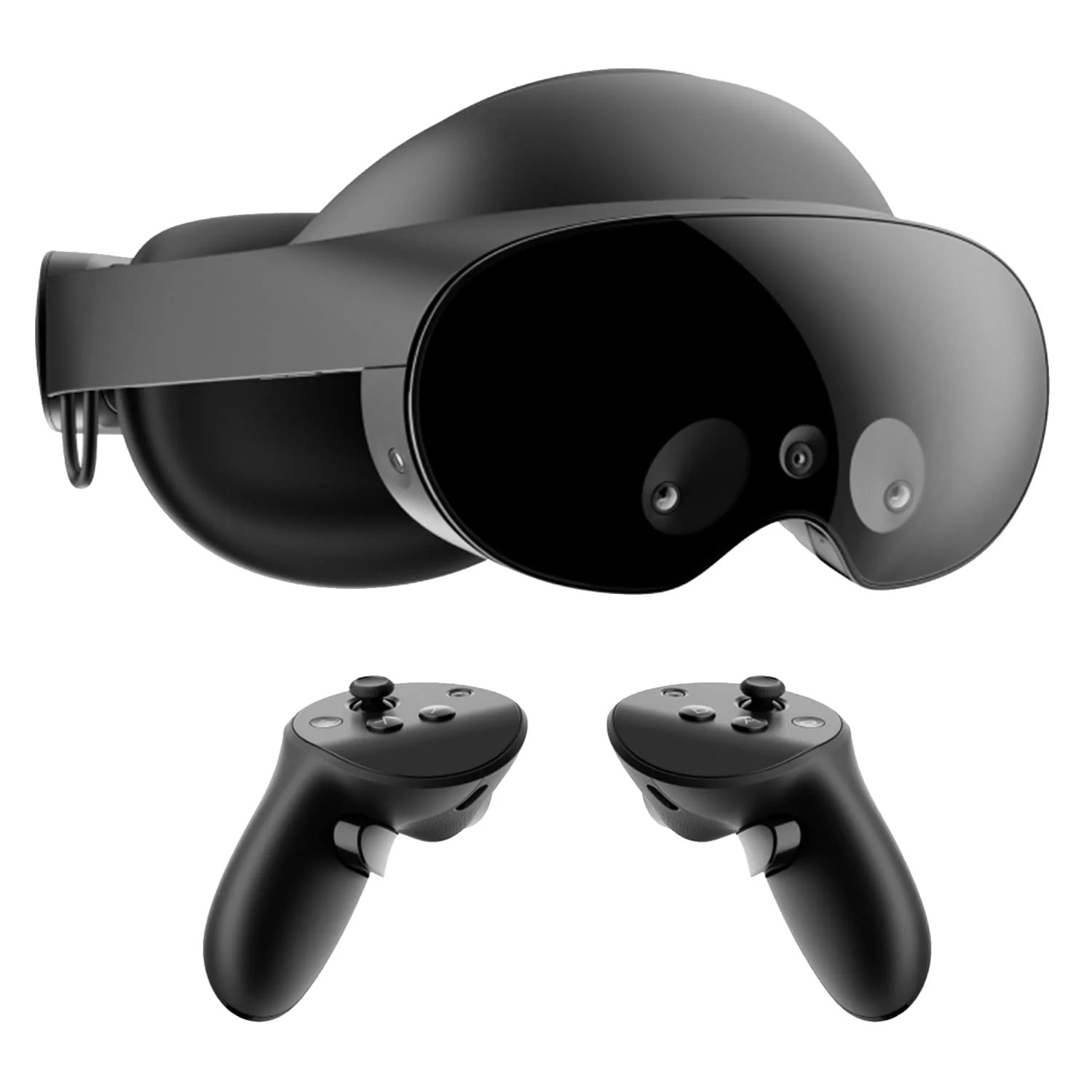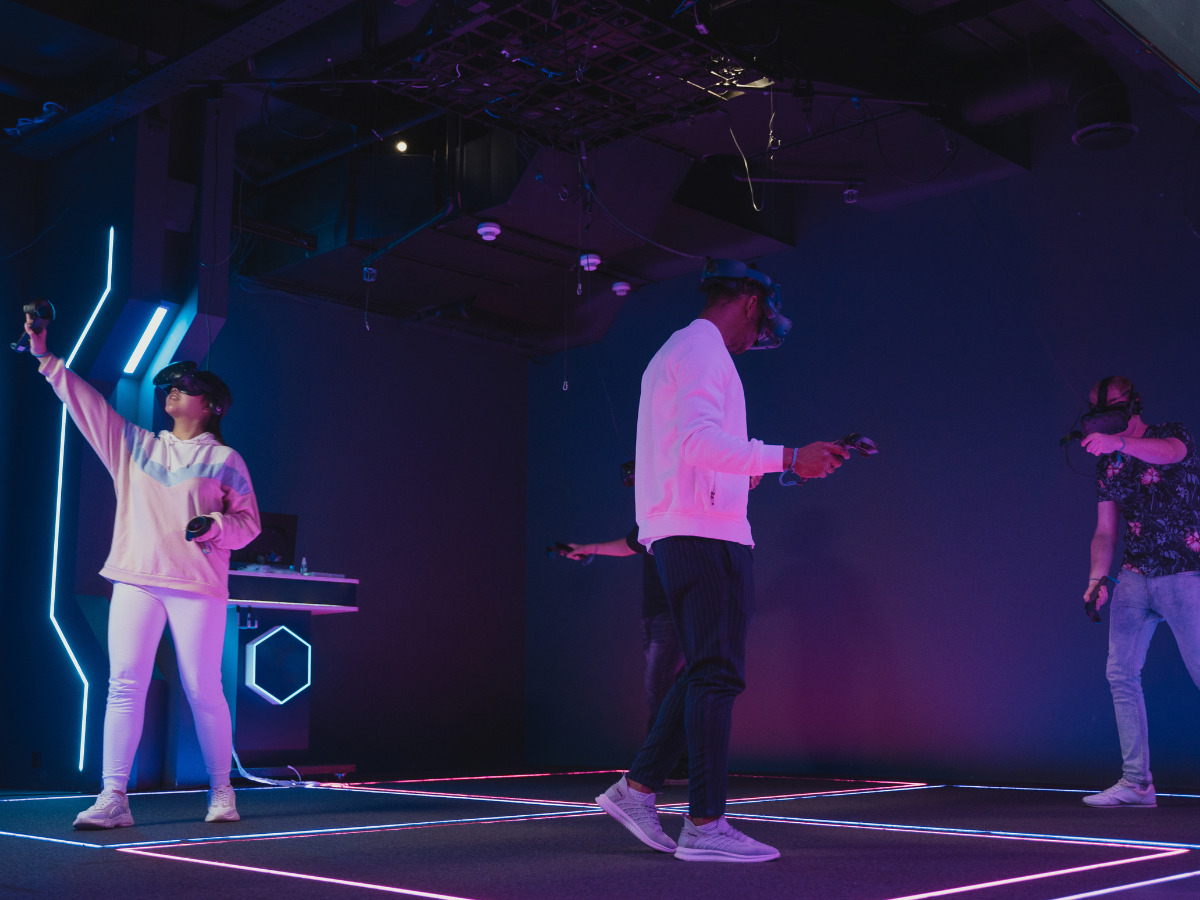When we’re talking about VR, there are a few useful differences to be aware of. Not all headsets are created equally. Let’s go over a few of the major differences.
Standalone Headsets
One of the first things you may notice when looking for a headset, and need to think about, is whether the headset is standalone or tethered. Standalone headsets, as the name suggests, operate on their own without any additional hardware. As of right now, there isn’t much competition on this front. The Meta Quest 2 is really all there is. While there are other projects underway, Meta is without competition on this front for the time being. Add to that the relatively cheap price and it’ll be difficult for most companies to compete in the same space for some time.
Standalone headsets are nice for casual uses like light games, viewing movies, and browsing. They’re self-contained and easily mobile allowing you to jump right in at a moments notice. I find it very convenient to jump in and have several large screens from whichever comfortable place I’m sitting.
Tethered Headsets
Unlike their standlone counterparts, tethered headsets rely on other hardware to do all of the heavy lifting when you run a game or application. These headsets mainly provide the display and some or all of the tracking for your head in vr and passes it along to another device. This device then takes the inputs and sends back what the display needs to show you.
Currently, tethered headsets either tether to a Playstation console (in the case of PSVR) or a computer. Both of these have their strengths but unless you already have a decent gaming computer or a PS4 or newer, you may be looking at a lot more hardware to purchase than just a headset.
Even though there’s a lot of cost involved, these headsets can be some of the most advanced ones on the market and run amazing simulations. It’s all limited by what hardware you have access to at that point. Unlike standalone headsets, the hardware is usually connected through a cable or over wifi. This takes a good amount of weight off of the headset and leaves more room for the manufacturer to focus on things like clarity or field of vision (FOV) without much compromise.
Cardboard
Alright, this last one I haven’t mentioned up until this point and for good reason. It’s more of an honorable mention and acknowledgement of headsets of the not-so-distant past. You may hear people talk occasionally or even tried a cardboard headset. The kind where you stick a phone into a box with lenses and a strap. These made for interesting experiences but you were limited to just the rotation of your head. Those three degrees of freedom (3dof) allowed you to look around but not walk around as it couldn’t track where you were.
New headsets have six degrees of freedom (6dof) because it tracks where you are and how your headset is rotated. This is what allows us to enjoy moving in a virtual space so much. Not to say that 3dof wasn’t great for its time, its just that its time is mostly past and a lot of the software developed to support it has fallen by the wayside as time has moved forward.




